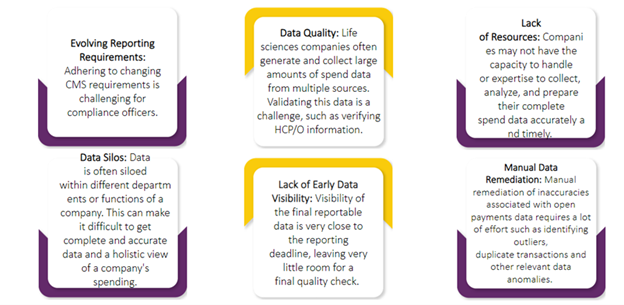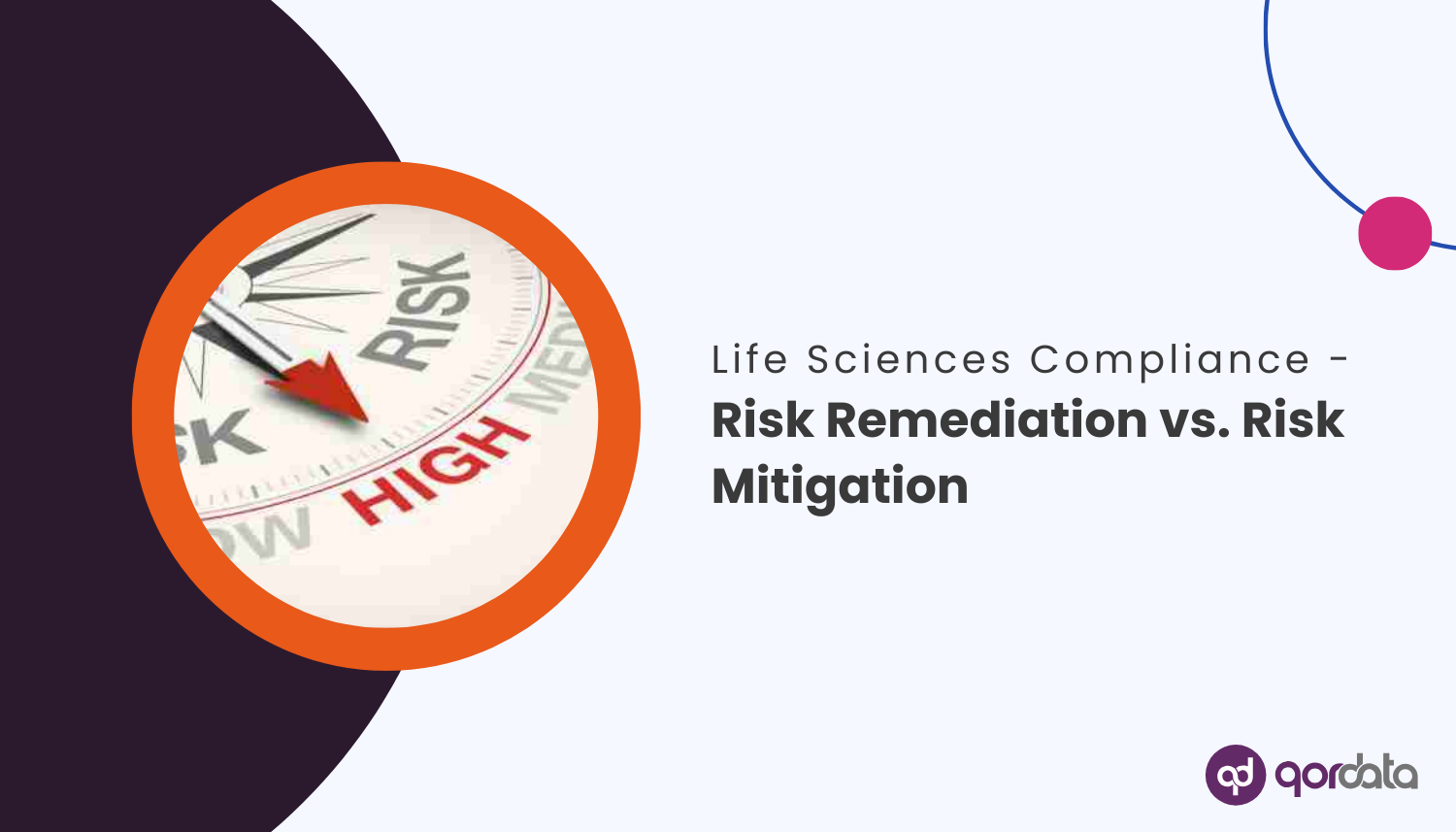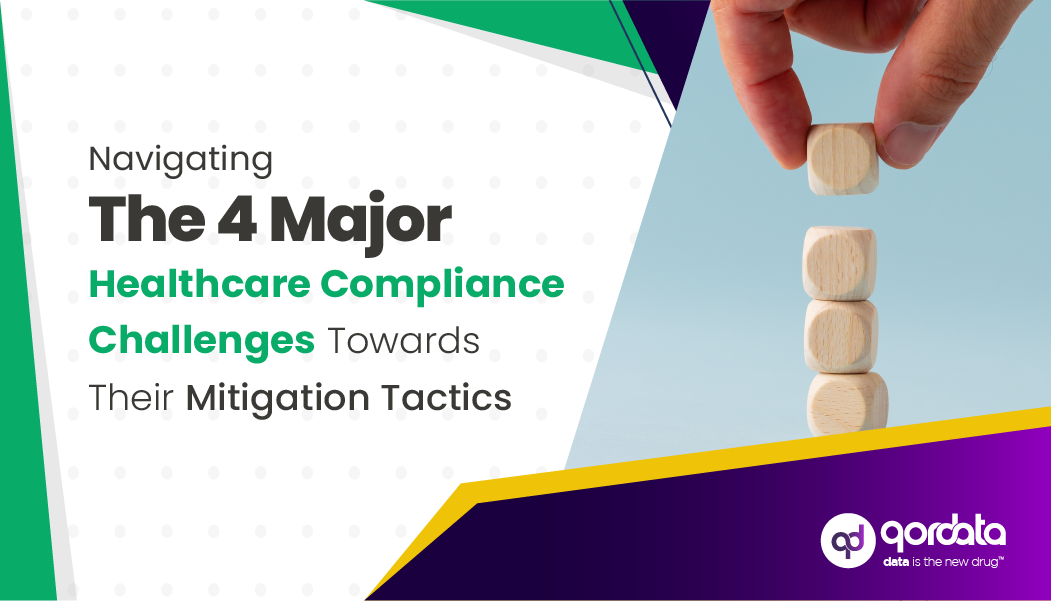Transparency reporting in life sciences is both a regulatory requirement and a crucial factor in maintaining trust within the life sciences, and healthcare industry.
Driven by frameworks such as the Sunshine Act and the CMS Open Payments program, life sciences companies must disclose detailed data on financial interactions with healthcare professionals (HCPs) and organizations.
While essential, these obligations come with challenges, ranging from complex data requirements to jurisdictional inconsistencies.
Here’s a list of challenges that compliance officers and life sciences companies generally face when reporting Open Payments data to CMS:
Below, we explore five expert-vetted strategies to streamline transparency reporting and ensure compliance.
1. Addressing Aggregate Spend Reporting Requirements
Reporting to the CMS is a critical element of transparency in life sciences reporting, as it requires companies to disclose payments or transfers of value (ToV) made to HCPs and teaching hospitals.
These details, especially under the Physician Payments Sunshine Act, are publicly accessible through the CMS Open Payments system.
However, ensuring that this data is comprehensive and accurate is easier said than done.
One of the primary challenges in aggregate spend reporting is managing spending data across multiple jurisdictions, each with its reporting standards.
For example, while the Sunshine Act governs U.S. disclosures, European regulations like the EFPIA Disclosure Code demand similar transparency for European healthcare professionals.
To address these complexities, life sciences companies should develop global compliance frameworks.
These frameworks should include jurisdiction-specific policies, training for employees, and a unified reporting approach that encapsulates local and global requirements.
Automation also plays a pivotal role in achieving accuracy.
Advanced Open Payments reporting solution integrated into financial systems can streamline data collection and ensure consistent reporting practices.
By reducing manual interventions, automation minimizes the risk of errors while improving efficiency.
2. Leveraging A Purpose-Built Reporting Platform
Quality and accuracy in transparency reporting depend on robust data governance and protocols.
Therefore, leveraging a purpose-built reporting platform ensures that payments to healthcare providers are tracked, validated, and categorized appropriately.
For example, utilizing advanced data validation for HCP transparency reporting ensures that inaccuracies do not slip through, which could lead to regulatory penalties.
Here’s a list of best practices to enhance data quality and ensure the reporting of accurate and high-quality data to CMS:
- Implementing an end-to-end system that aggregates data from finance systems, expense management tools, and expense audits.
- Data validation mechanisms are embedded into the reporting process to catch discrepancies early in the reporting lifecycle.
- Identifying outliers or unusual patterns in payment data through predictive analytics to uncover errors that may otherwise go unnoticed in manual audits.
Beyond data validation, companies can improve data integrity by fostering collaboration across internal departments, ensuring that finance, legal, and compliance teams work together seamlessly.
3. Automation for Streamlining Transparency Reporting
Managing high volumes of data across multiple jurisdictions is resource-intensive when done manually.
Automation streamlines these processes, reduces operational costs, and improves reporting accuracy.
Many companies have already started investing in automation to address CMS Open Payments reporting challenges.
For example, leveraging automated systems integrated with CMS Open Payments reporting requirements ensures deadlines are met with precision.
Tools that aggregate and categorize spend data in real time help companies stay on top of the myriad obligations they face.
External validation via blockchain or other innovative technologies is another emerging approach.
These systems enhance transparency while reducing the need for exhaustive manual audits.
Implementing automated systems not only accelerates data collation but also enables reliable audits for compliance teams.
Use Case:
A multi-million-dollar US-based biotechnology company partnered with qordata to streamline its transparency reporting obligations. By integrating qordata’s CMS Open Payments Reporting solution into their reporting process, the company automated data collection reduced manual errors and ensured timely reporting to the CMS. This technological upgrade combined with advanced data validation and expert guidance, enabled them to submit reports ahead of deadlines while improving the overall efficiency of their reporting process.
4. Address Context Challenges to Reduce Unfair Scrutiny
One of the less-discussed transparency reporting challenges is the potential for reports to be misinterpreted.
Often, reports present raw dollar figures and payment data without sufficient context, which may unintentionally suggest that legitimate financial interactions are improper.
This can lead to scrutiny that impacts a company’s reputation.
Life sciences companies can mitigate this issue by providing supplementary information alongside their financial disclosures.
Examples include adding explanations or justifications regarding the nature of specific payments – such as funding for independent medical education initiatives or research collaborations.
Context ensures that stakeholders, including regulators, healthcare organizations, and the public, have a clear understanding of the legitimacy behind financial engagements.
Educating healthcare providers about the nature of reporting and their obligations under laws such as the Sunshine Act is another vital step.
Many compliance experts advocate for transparent communication between companies and HCPs to ensure mutual understanding.
5. Continuously Refine Risk Assessment and Enhance Compliance Monitoring
Effective risk assessment in life sciences compliance is essential for navigating the evolving regulatory landscape.
Life sciences companies face a dynamic environment where compliance standards and expectations frequently change.
Continuous risk assessment allows organizations to identify areas of potential non-compliance early and take proactive steps to address them before they escalate.
Using advanced compliance monitoring tools, companies can isolate high-risk transactions or engagement patterns.
Additionally, integrating risk analytics platforms into the assessment frameworks allows organizations to predict potential compliance risks based on historical trends and patterns.
Best practices for risk assessment include:
- Scenario Planning: Simulating “what-if” scenarios that evaluate the potential impact of regulatory changes on compliance structures.
- Auditable Processes: Developing and maintaining clear documentation trails that can withstand scrutiny during regulatory audits.
- Real-Time Alerts: Configuring compliance tools to provide real-time notifications of anomalies, such as unusually high payments exceeding preset thresholds.
By addressing risk factors systematically, life sciences companies can strengthen internal controls and meet transparency in healthcare compliance standards, ensuring the trust of stakeholders.
From Challenges to Solutions: The Future of Transparency Reporting
While transparency in life sciences reporting is undeniably complex, advances in data management and analytics, coupled with regulatory innovation, herald a promising future.
Experts recommend a holistic approach to managing transparency reporting obligations, one that combines technology, strategy, and expertise.
Transparency reporting solutions that utilize automation, improve data quality and emphasize contextual clarity are transforming compliance practices.
Future innovations, such as incorporating blockchain or AI-enabled compliance tools, may further ease the burden of aggregate spend reporting.
However, compliance is not just about meeting legal or regulatory requirements—it is about building trust.
By streamlining reporting processes and emphasizing transparency, life sciences companies fortify their standing as trustworthy collaborators in the healthcare ecosystem.
Final Thoughts
Managing transparency reporting in life sciences may seem daunting, especially given the expanding scope of compliance obligations.
However, by following the expert-vetted strategies mentioned in this article, utilizing automation, improving data quality, and tackling reporting challenges head-on companies can not only ensure compliance but also build a culture of accountability and trust.
With clear processes, robust technology, and a commitment to continuous improvement, the industry is well-poised to tackle current and future transparency reporting challenges effectively.




